

Final Fantasy: The 4 Heroes of Light isn’t really a Final Fantasy game. Don’t let the name fool you. Granted, the sizable series has had its share of evolutions and regressions over the last two decades, but 4 Heroes, more often than not, strikes out its own path in ways the main series never has before.
These tweaks run the gamut from the small and welcome changes like the adorable storybook visuals and the cutesy way villagers talk about questing and leveling up (one kid early on beams about how psyched up he gets when monsters attack his party) to bigger ones that must be finessed and addressed until the very end like the overhauled battle and item-management system. The latter two are where the Final Fantasy doctrine is completely disregarded, and could easily turn purists off expecting a faithful Final Fantasy experience. Both in combat and using health items during battle, you aren’t allowed to manually pinpoint the intended recipient of your wrath or rescue. You choose one option or the other, and pray the game follows your will. Another wrinkle comes via 4 Heroes’ doing away with magic points, instead making item use, spells, and physical attacks all draw from the same well of slowly regenerating action points.
Without a tutorial, this all takes some adjustment, but it goes hand in hand with the emphasis on strategy with item management and questing in general. Also new to the series is a strict 15-item limit for each character, which is more like a 10-item limit after you’ve loaded every party member down with weapons, accessories, and spells. Gone are the days of loading up on 99 cabins: You actually have to plan out what you’ll need for each quest and stock up accordingly. Fortunately, players are thrown a bone with it being impossible to get a game-over screen: You’ll just be spat back out to your last save point when you die.
And you will die often. Although your four-person party is united before the first boss battle, 4 Heroes quickly splits them apart and the game proceeds to time-jump back and forth between all the different members until they’re all united near the end. That also means you’ll be doing a hell of a lot of level grinding, but just doing that blindly is hardly a guarantee you’ll emerge victorious from battles. During our playthrough of the game, we couldn’t shake the paranoid suspicion that 4 Heroes adjusts monster strength and health to stay competitive with your inflated levels - just grinding a ton in the very beginning, a time-honored RPG tradition, doesn’t cut it anymore. Somehow, the endearing graphics make the unrelenting difficulty that much more aggravating.
Also annoying? Although the game’s many towns feel alive and are greatly different from one another, the dungeons feel uninspired, repetitive, and dull. The barren desert dungeon early on is perhaps one of the worst offenders: it’s five floors of blank walls, staircases, and whirling sandpit traps. Random battles can be pretty infuriating, but they’re actually welcome diversions in some of the boring dungeons.
So, maybe this isn’t really a Final Fantasy game. It doesn’t really matter, because 4 Heroes is supremely challenging and occasionally inventive - and what recent, successful Final Fantasy game can you really say that about? It has its share of issues and quirks, sure, but once you get used to them 4 Heroes has more depth and variety than is generally thought possible not only for the series but also for the console.
Oct 4, 2010
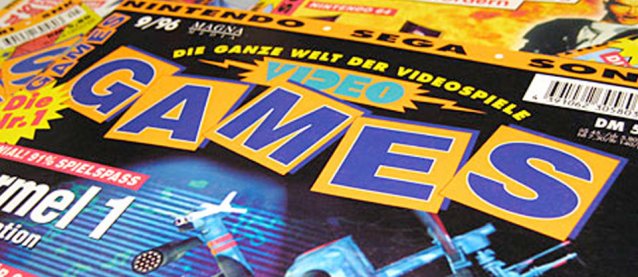
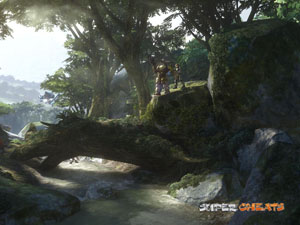


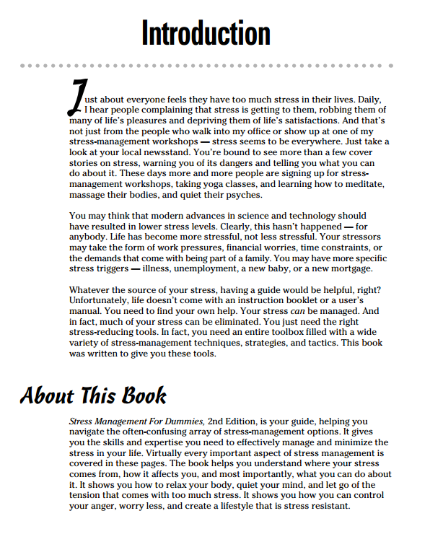 Free eBook: 'Stress Management For Dummies'
Free eBook: 'Stress Management For Dummies'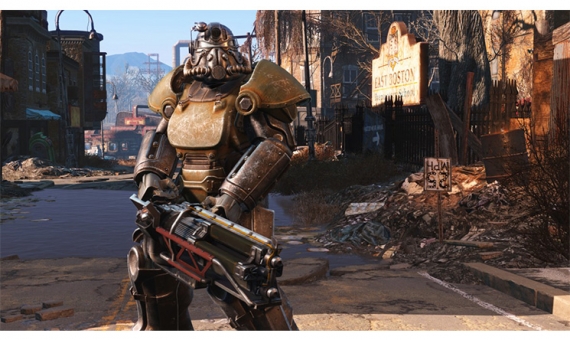 List Of Fallout 4 Tips and Tricks: How To Activate Wait Feature, Remove Mods From Weapon & More
List Of Fallout 4 Tips and Tricks: How To Activate Wait Feature, Remove Mods From Weapon & More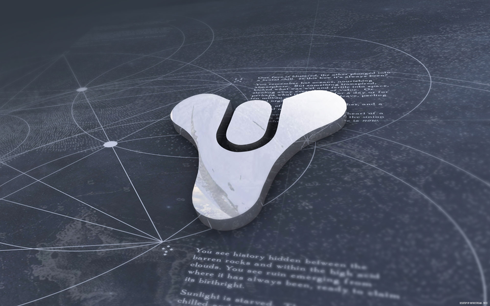 How to Fix Destiny Centipede Error PS4 Xbox One
How to Fix Destiny Centipede Error PS4 Xbox One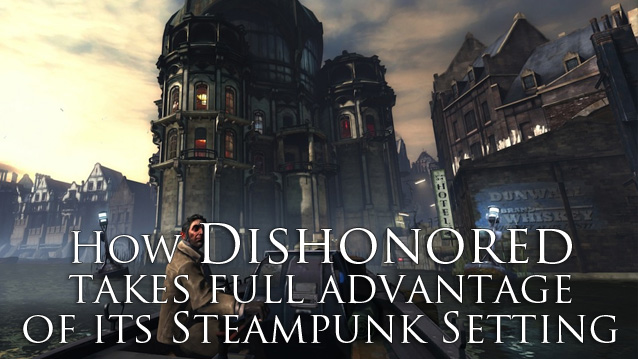 How Dishonored Takes Full Advantage Of Its Steampunk Setting
How Dishonored Takes Full Advantage Of Its Steampunk Setting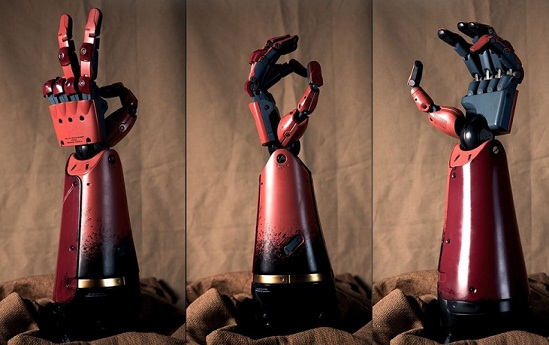 MGS 5 The Phantom Pain bionic arm - all abilities / upgrades
MGS 5 The Phantom Pain bionic arm - all abilities / upgrades